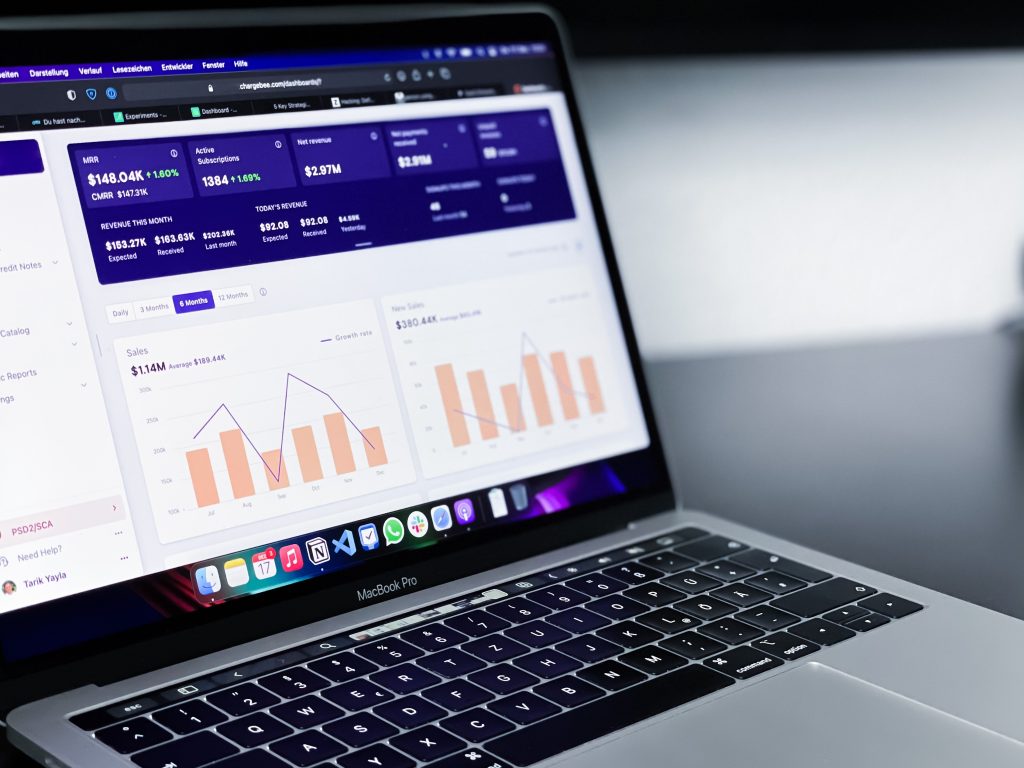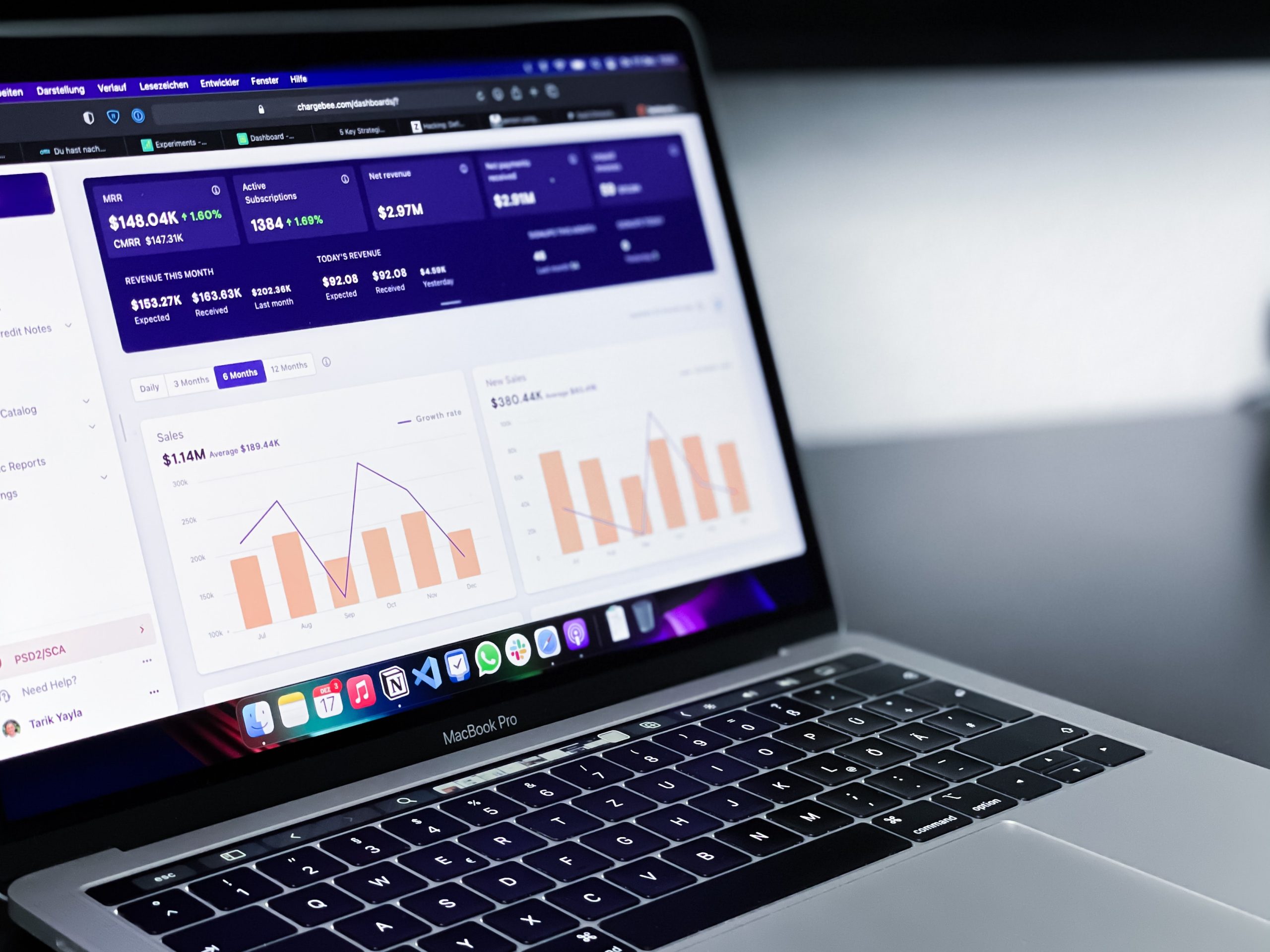How to Use Business Analytics to Improve Customer Insights
Business analytics is the process of analyzing data to understand and improve business performance. It can be used to understand customer behavior, track customer engagement, and identify opportunities to improve customer experience. There are several different business analytics tools that you can use to improve customer insights. Keep reading to learn how to use business analytics techniques to improve customer insights.

What are some business analysis techniques to improve customer analytics?
Business analytics is the process of gathering, analyzing, and interpreting data to help businesses make better decisions. Several different business analytics techniques can be used to improve customer insights.
One technique is segmentation. Segmentation involves dividing customers into groups based on their characteristics, such as age, gender, income, or location. This allows businesses to tailor their marketing efforts specifically to each group and improve their chances of success.
Another technique is predictive analytics. Predictive analytics uses historical data to predict future trends. This can be used to identify which customers are most likely to churn or buy a particular product; businesses can take steps to either retain or acquire these customers.
A third technique is customer profiling. Customer profiling involves creating a profile of each customer that includes demographic information and behavioral data, such as what products they have bought in the past and how often they visit the store. This information can create targeted marketing campaigns more likely to appeal to individual customers.
How can you use business analytics to identify opportunities and threats in the market?
Business analytics can be used in several ways to identify opportunities and threats in the market. It can track customer behavior, competitor activity, and industry trends. This information can then be used to make informed business decisions about where to allocate resources and how to respond to changes in the market.
Business analytics can also be used to predict future trends. By analyzing past data, businesses can identify patterns and trends indicating the industry’s future holds. This information can help companies to make decisions about where to invest and how to respond to potential threats.
Business analytics can also be used to identify new opportunities. By analyzing customer needs and preferences, businesses can identify gaps in the market that may be ripe for exploitation.
Ultimately, business analytics can give businesses a competitive edge in the market. By understanding what is happening in the industry and what the future may hold, companies can make better decisions about where to invest and respond to market changes. This can help them stay ahead and sustain a competitive advantage.
What is segmenting customers?
The first step in using business analytics to improve customer insights is to segment customers for targeted marketing. This can be done in several ways: by their demographic characteristics, purchase history, or attitudes and behaviors towards your brand (loyalty, propensity to recommend, etc.).
Once you have divided your customers into segments, you can use your business analytics tools to understand each group better. For instance, you can use customer profiling techniques to identify common customer traits in a given segment. You can also use market analysis tools to understand each segment’s competitive landscape and identify potential growth areas.
When you have a good understanding of your customer segments and the markets they inhabit, you can develop targeted marketing campaigns that are more likely to resonate with them. This is done by analyzing data to understand customer behavior and preferences and creating campaigns more likely to appeal to customers and result in sales. Additionally, business analytics can help identify opportunities for improvement in marketing strategies, such as identifying which channels are most effective or understanding what types of messages are most persuasive.


